Proper hydration is vital for your dog's health and overall well-being.
This subject could be on your radar because your dog is coping with mild dehydration. You might also be wondering how to keep your dog hydrated during warm weather or illness. Understanding the importance of water and creative ways to encourage your pet to drink can be a game changer.
We’ll cover everything you need to know, including how to rehydrate a dog fast and provide solutions for a dog that refuses to drink water.
Why Hydration Matters for Dogs
Water is critical for your dog’s bodily functions. This includes temperature regulation, joint lubrication, digestion, and waste elimination. A dehydrated dog may experience lethargy, dry gums, appetite loss, and even more severe health issues if left untreated. That’s why you must know how to hydrate your dog and keep their water intake consistent. This is especially relevant during hot weather or after physical activity.
How to Hydrate a Dog That Won’t Drink
Don’t panic if your dog refuses to drink water. You can effectively reintroduce hydration to your pet. Here are some tips on how to hydrate a dog that won’t drink:
- Flavor the Water: Adding a splash of low-sodium chicken or beef broth to their water bowl can make the water more enticing for your dog.
- Switch to Wet Food: Wet food naturally contains more moisture than dry kibble. This can help boost hydration levels.
- Try Ice Cubes as Treats: Many dogs enjoy chewing on ice cubes. This will entertain you and get some water into their system.
- Use a Fountain: Your dog may prefer running water over a stagnant bowl so a pet water fountain can encourage them to drink more.
How to Rehydrate a Dog Fast
You’ll need quick and effective solutions if your pup is already showing signs of dehydration. Here’s how to rehydrate a dog fast:
- Use a Syringe or Dropper: Gently and slowly administer water into their mouth if your dog won’t drink on their own.
- Hydrating Treats: Foods like watermelon, cucumbers, and strawberries (in moderation) are high in water content and can help hydrate your dog.
- Cool, Shaded Environment: Dehydrated dogs can overheat easily. Move your dog to a cool, shaded area and provide access to fresh water while you monitor their condition.
- IV Fluids (Vet Assistance): A visit to the veterinarian for intravenous fluids may be necessary if your best friend is grappling with severe dehydration. This is the quickest and most effective way to rehydrate a dog in critical condition.
How to Keep Your Dog Hydrated
Preventing dehydration is always easier than treating it. Here are some practical tips on how to keep your dog hydrated daily:
- Fresh, Accessible Water: Always provide clean, fresh water in an easy-to-access location. Change the water regularly to keep it appealing.
- Multiple Bowls: Place water bowls in different parts of your home and yard to ensure your dog always has access.
- Monitor Activity Levels: Reduce strenuous exercise during hot days to prevent dehydration. Offer water breaks during long walks or playtime.
- Hydration While Traveling: Carry portable water bottles and collapsible bowls when traveling or hiking with your dog.
How Can I Hydrate My Dog After Vomiting or Diarrhea?
Illness can lead to dehydration in a snap. How can I hydrate my dog after a bout of vomiting or diarrhea? Consider these tips:
- Offer small sips of water frequently rather than large amounts at once. This can upset your dog’s stomach.
- Gradually introduce hydrating wet food or broth to their diet as their appetite picks up.
Dial up your vet for additional treatment options if symptoms persist for more than 24 hours.
How Do I Hydrate My Dog During Hot Weather?
Hot weather increases the risk of dehydration. Here are some seasonal tips on how to hydrate your dog during summer months:
- Frozen Treats: Make frozen dog-safe treats with plain yogurt, peanut butter, or blended fruit for hydration and cooling.
- Avoid Heat Exposure: Limit outdoor time during peak heat. Always provide shade and water during outdoor activities.
- Cooling Mats: Invest in a cooling mat to help regulate your dog’s body temperature while keeping them comfortable.
Signs of Dehydration in Dogs
Recognizing the symptoms of dehydration can help you act quickly. Look for these signs:
- Dry gums or nose
- Sunken eyes
- Loss of skin elasticity (skin doesn’t bounce back when pinched)
- Excessive panting
- Weakness or lethargy
Implement the tips on how to hydrate a dog fast if you notice these symptoms and your dog refuses to drink water.
Conclusion
Keeping your fur buddy hydrated is key to its health and happiness. These tips can help your pup stay safe and hydrated whether you’re learning how to hydrate your dog daily or searching for remedies for a dog that won’t drink. Remember to monitor your dog’s water intake, look for signs of dehydration, and schedule an appointment with your vet if needed.
This article is meant only as an example of what might work well for your pet, please reach out to our Pet Parent Experience Team if you have any questions about your pet’s own unique circumstances! To ensure these products are a good fit for your furry friend, we also recommend consulting your vet about any new diet, or environment changes, especially if there is a medical concern. They should be able to help as you and your vet know your pet’s medical history best!




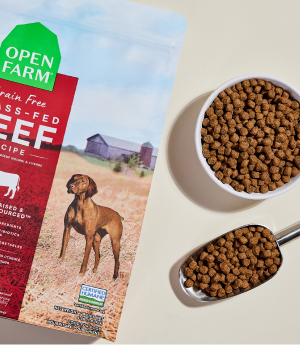
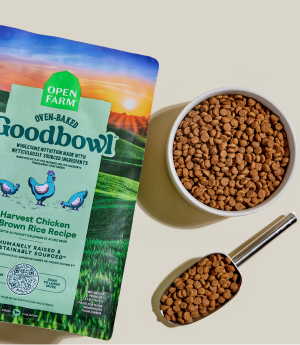

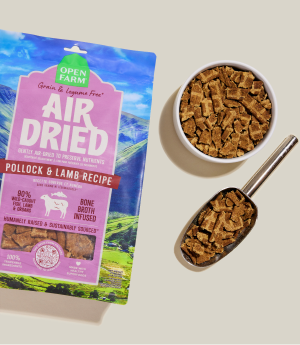
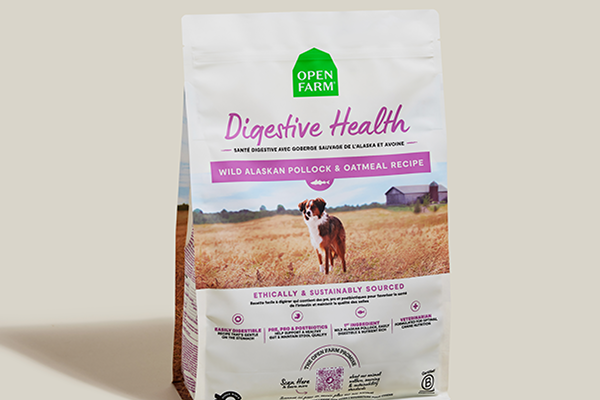


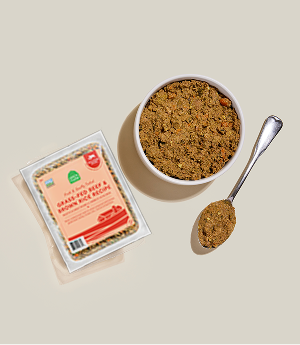


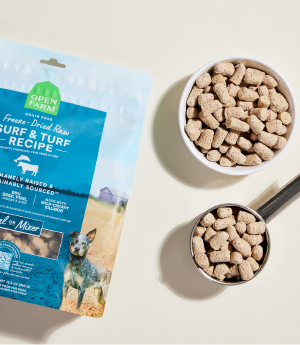
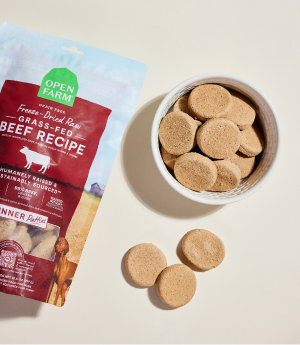
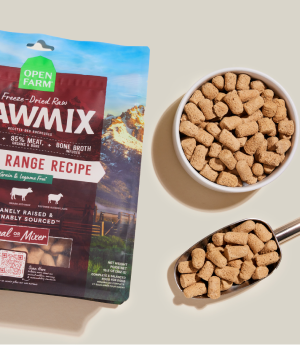
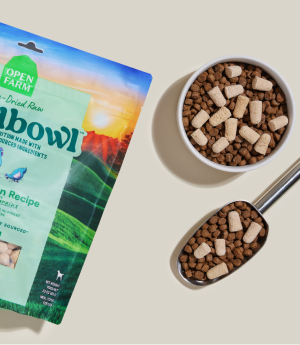
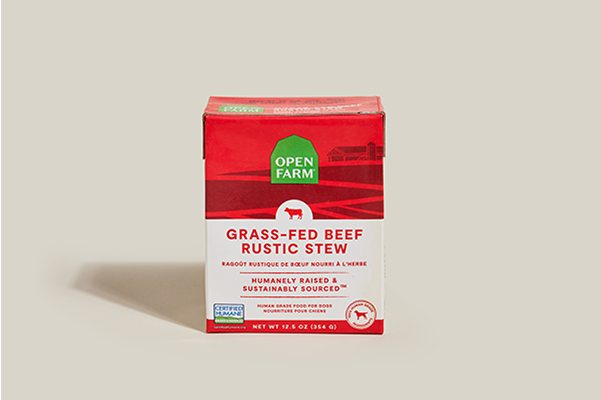
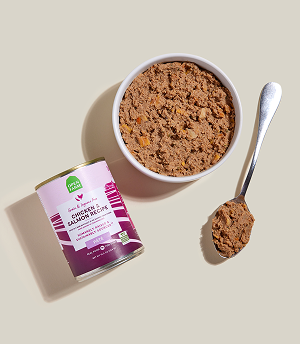
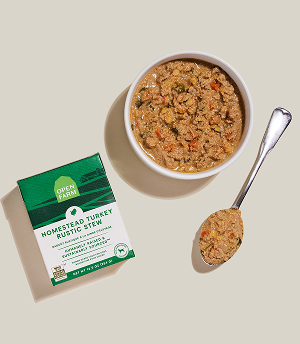

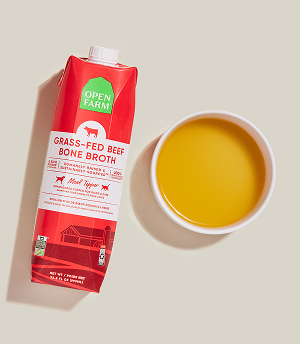

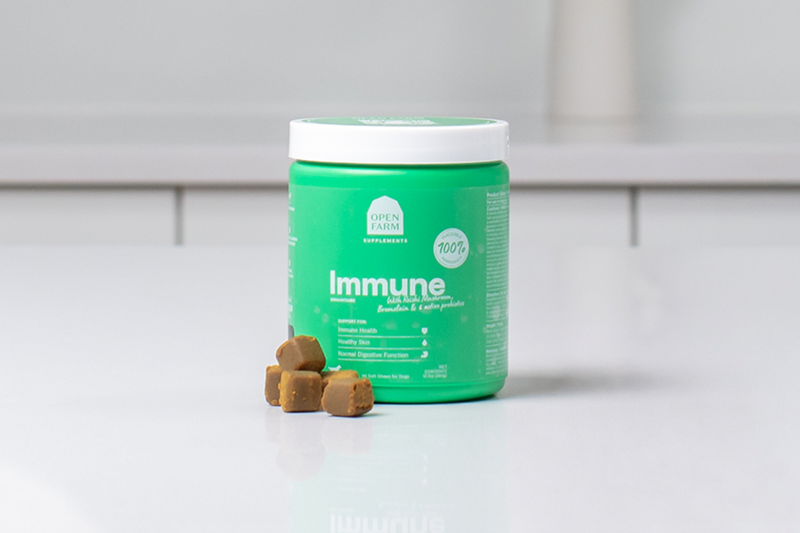
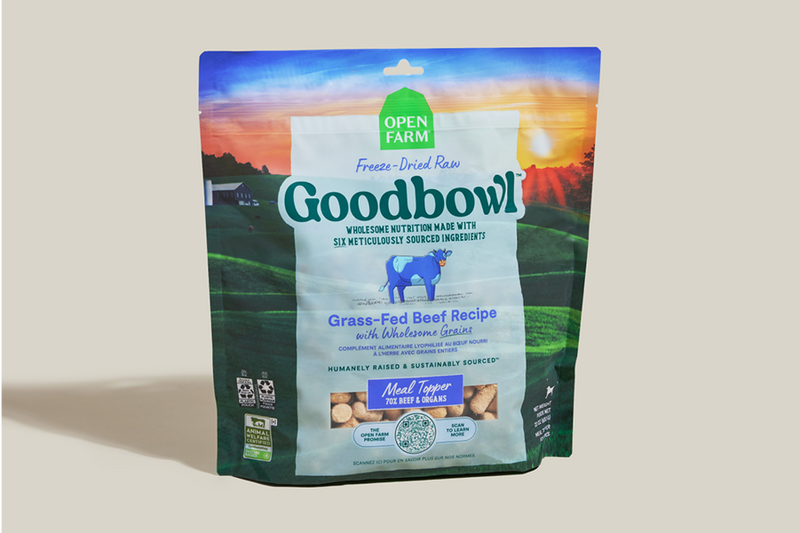



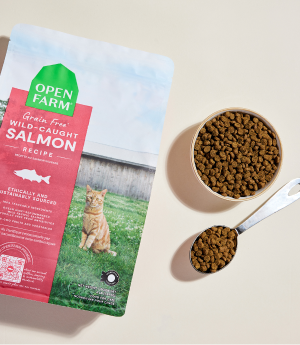
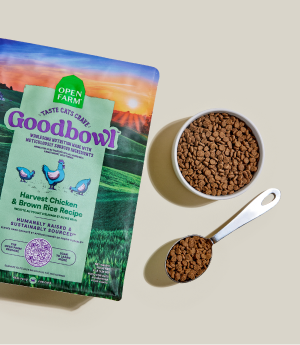
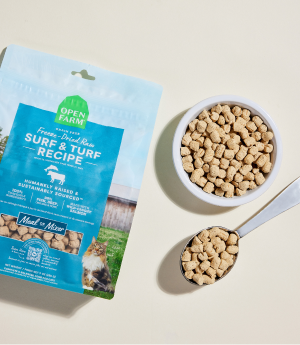


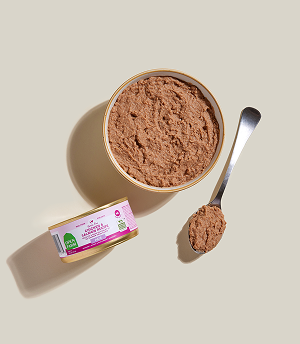
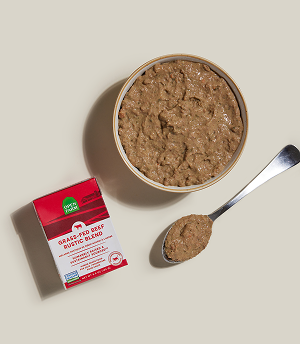



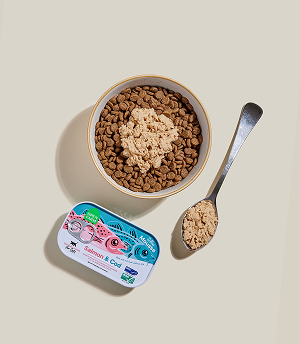
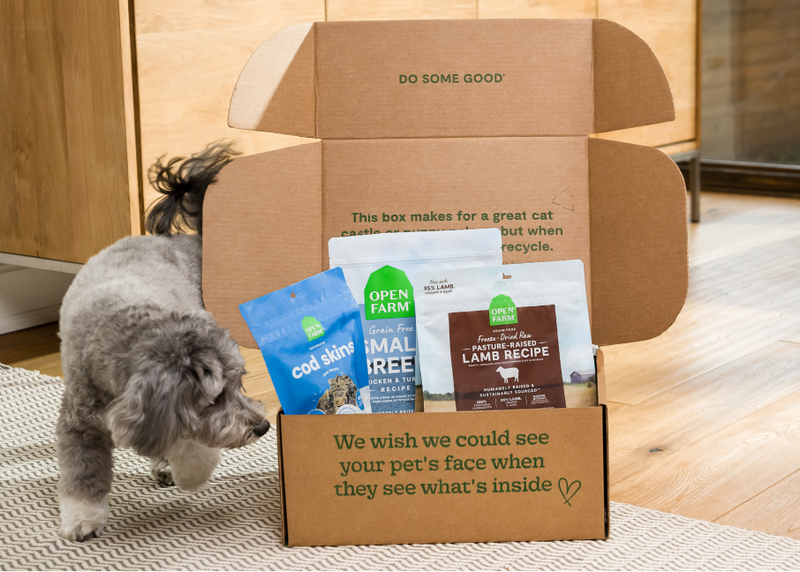
 Sign In
Sign In
 Create Account
Create Account













